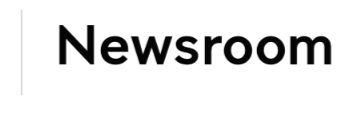Labor commits almost $6m to improve university access for disadvantaged students
The Labor government has committed millions to expand the reach of UNSW's ASPIRE program to transform lives by boosting access to tertiary education for disadvantaged communities.




